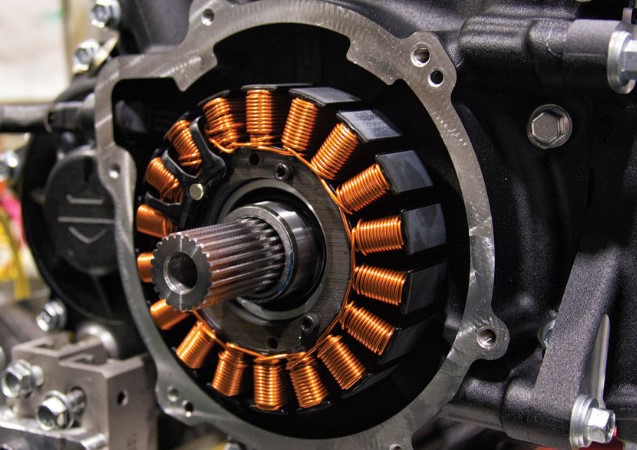If you’re a motorcycle enthusiast or a rider, you’ve probably heard about various components that make up your bike’s engine and electrical system. One essential component that plays a crucial role in your motorcycle’s electrical system is the stator. In this comprehensive guide, we will delve into what a stator is, how it works, its importance in a motorcycle, and much more.
Understanding the Stator – A Key Electrical Component
What Exactly Is a Stator?
To kick things off, let’s answer the fundamental question: What is a stator? The stator is a stationary component within a motorcycle’s engine that is responsible for generating electrical power. It is a crucial part of the motorcycle’s charging system, working hand in hand with the battery and the rectifier/regulator to ensure that your bike’s electrical system functions properly.
How Does It Work?
Now that we know what a stator is let’s dive deeper into how it functions. The stator consists of coils of wire that are mounted within the motorcycle’s engine casing, surrounding the rotor. When the engine is running, the rotor spins within the stator, creating a magnetic field. This magnetic field induces an electrical current in the stator coils through a phenomenon called electromagnetic induction.
The Role of the Stator in Motorcycle Operation
The stator’s primary role in a motorcycle is to generate electricity to power various electrical components. Here are some critical functions it performs:
1. Charging the Battery
One of the most crucial functions of the stator is to charge the motorcycle’s battery. When the engine is running, the stator generates alternating current (AC), which is then converted into direct current (DC) by the rectifier/regulator. This DC current is used to charge the battery, ensuring it remains in optimal condition.
2. Powering the Electrical System
The stator also provides power to the entire electrical system of the motorcycle. This includes the lights, horn, ignition system, and any other electrical components. Without a functioning stator, these systems would not operate.
3. Maintaining Voltage
The stator plays a critical role in regulating the voltage within the motorcycle’s electrical system. It ensures that the voltage remains at a consistent level, preventing damage to sensitive electrical components.
Signs of Stator Problems
Like all motorcycle components, the stator can experience issues over time. Here are some common signs of stator problems:
1. Electrical Issues
If you notice that your motorcycle’s electrical components are not working correctly, such as dim headlights or a weak horn, it could be a sign of stator trouble.
2. Battery Problems
A dead or constantly drained battery can also indicate a stator problem. If the stator fails to charge the battery, it can lead to starting issues and leave you stranded.
3. Engine Stalling
In some cases, a failing stator can cause the engine to stall unexpectedly. This is often due to an inconsistent supply of electricity to the ignition system.
Conclusion
In conclusion, the stator is a vital component of a motorcycle’s electrical system. It generates electricity, charges the battery, powers electrical components, and maintains voltage levels. Understanding the role of the stator is essential for motorcycle enthusiasts and riders, as it helps diagnose and address electrical issues that may arise during the bike’s lifetime.
